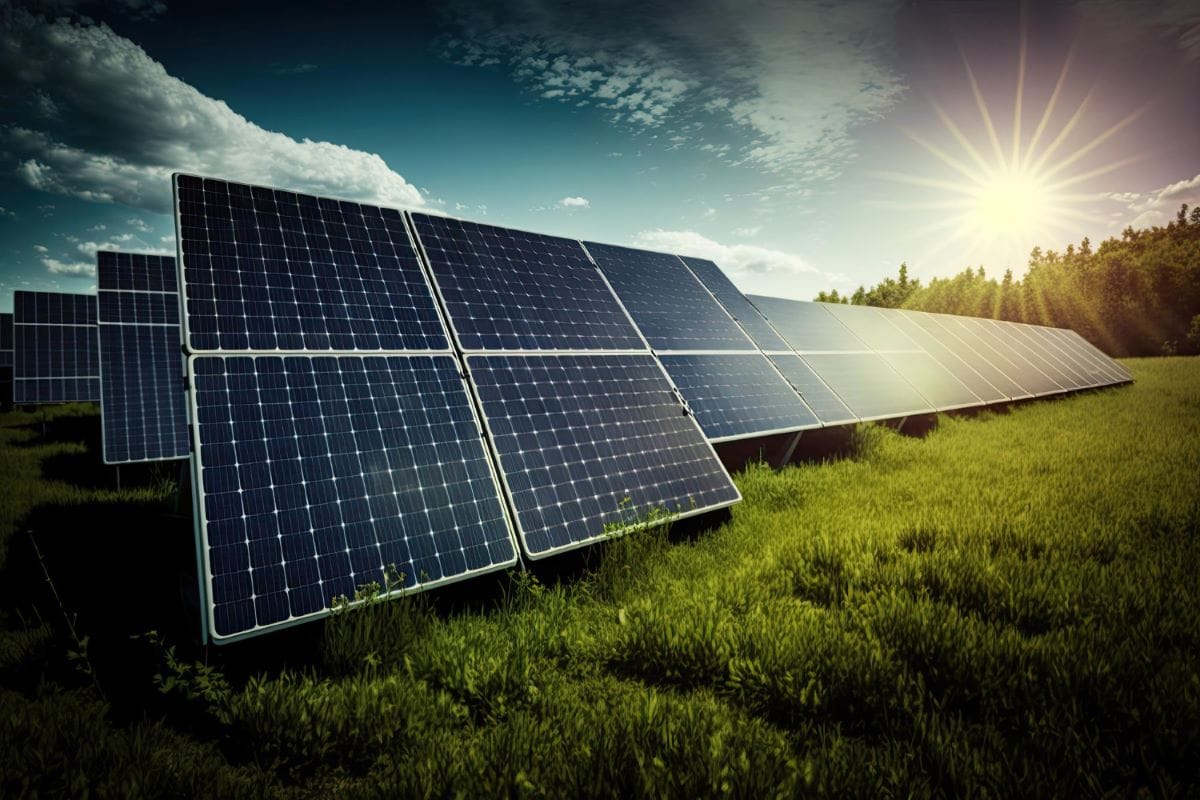In recent years, the commitment to the use of renewable energies has only increased, with solar energy being the most demanded. This increase in demand is found in the development of more efficient technology, which allows for better results. One of the most innovative advancements in this field is the use of solar trackers, devices that optimize the capture of solar energy, maximizing the efficiency of solar panels.
What are solar trackers?
A solar tracker is a mechanical system that allows solar panels to orient themselves towards the sun throughout the day. Unlike fixed solar panels, which are installed in a static position, solar trackers continuously adjust the angle of the panels so that they maintain optimal orientation towards the sun during all daylight hours.
The basic principle behind solar trackers is simple: since the position of the sun in the sky changes throughout the day and varies depending on the season, a fixed solar panel will not always be in the best position to capture the maximum amount of sunlight, while systems that use solar trackers can move so that the panels remain perpendicular to the sun’s rays for the longest time possible, increasing the amount of energy generated.
Benefits of solar trackers
Implementing solar trackers in a photovoltaic system offers a number of significant benefits, as long as they are installed correctly. For this, it is important to work with expert companies in the sector, such as Soltec, which offers integrated photovoltaic solutions.
With that said, let’s look at some of the most important benefits that solar trackers offer.
Increased energy capture
The most important benefit of solar trackers is the increase in energy capture. By adjusting the position of the panels to follow the sun’s path, these devices can increase energy generation efficiency compared to fixed systems.
Better performance in different climates
Solar trackers are especially beneficial in areas where sunlight is intense but also variable. In areas with clear skies and high levels of solar radiation, trackers allow the panels to capture the maximum amount of light throughout the day. Additionally, in climates with distinct seasons where the sun’s height varies significantly, trackers can adjust the tilt to better utilize available light.
Reduced space requirements
Due to the increased efficiency of panels, it is possible to generate the same amount of energy with fewer panels. This means that systems using solar trackers may require less space to produce the same amount of energy as a larger fixed system.
Maximization of investment
Although solar trackers involve an initial additional cost and certain maintenance expenses, the increase in energy production can offset these costs. In many cases, the return on investment (ROI) is quicker due to higher energy efficiency and cost reductions in other system components.
Compatibility with advanced technologies
Solar trackers are compatible with advanced solar panel systems and can easily integrate with energy optimization technologies. This allows operators to monitor and adjust system performance in real-time, ensuring maximum efficiency.
Types of solar trackers
There are several types of solar trackers, each designed to optimize energy capture in different conditions and applications. The most common types are:
- Single-axis trackers: Single-axis trackers are the simplest and most common type. These devices allow solar panels to rotate along a single axis, usually from east to west. This type of tracker adjusts the orientation of the panels to follow the sun’s daily path, improving efficiency without significant mechanical complications. Single-axis trackers are particularly effective in low and mid latitudes, where the sun follows a relatively constant path in the sky.
- Double-axis trackers: Double-axis trackers allow movement on two axes: one horizontal and one vertical. This design allows panels to track the sun not only throughout the day but also adjust their tilt according to the season. As a result, double-axis trackers can maximize energy capture throughout the year, especially in locations with significant seasonal variations in the sun’s position. They are ideal for installations at higher latitudes, where the sun’s height in the sky varies considerably between seasons.
Undoubtedly, solar trackers will be key in the near future of solar power systems. Investing in them will lead to better results.

